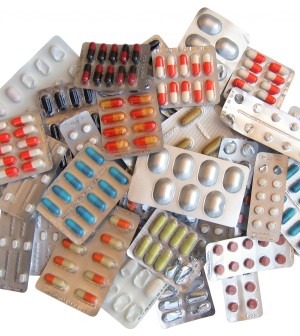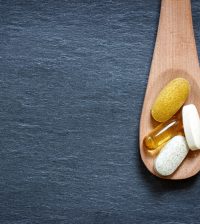- Double Mastectomy May Offer No Survival Benefit to Women With Breast Cancer
- Toxic Lead Found in Cinnamon Product, FDA Says
- Certain Abbott Blood Sugar Monitors May Give Incorrect Readings
- Athletes Can Expect High Ozone, Pollen Counts for Paris Olympics
- Fake Oxycontin Pills Widespread and Potentially Deadly: Report
- Shingles Vaccine Could Lower Dementia Risk
- Your Odds for Accidental Gun Death Rise Greatly in Certain States
- Kids From Poorer Families Less Likely to Survive Cancer
- Tough Workouts Won’t Trigger Cardiac Arrest in Folks With Long QT Syndrome
- At-Home Colon Cancer Test Can Save Lives
Could Low ‘Brown Fat’ Levels Be Tied to Higher Diabetes Risk?


TUESDAY, Nov. 12South Asian people have lower amounts of so-called “brown fat” than white people do, which might help explain why they have a much greater risk of developing type 2 diabetes, according to a small new study.
Unlike white fat, brown fat burns calories instead of storing them, and some studies have shown that brown fat has beneficial effects on glucose (blood sugar) tolerance, fat metabolism and body weight.
Research has shown that compared to whites, South Asians are much more likely to develop type 2 diabetes, to develop it at a younger age and at a lower body mass index, which is a measurement of body fat based on height and weight. However, little has been known about the reasons behind these differences between South Asians and whites, the study authors noted.
This study compared brown fat volume and activity in 12 healthy, lean South Asian men, about 25 years old, and 12 matched white men, after exposing them to cold temperatures. Using an imaging device, the researchers found that brown fat amounts and activity levels were lower in the South Asians.
The results were published online Nov. 12 in The Lancet Diabetes & Endocrinology.
“Our findings suggest that making more [brown fat] or increasing its activity could have great therapeutic potential in South Asians, helping them increase the clearance of glucose and fatty acids and converting surplus white fat into heat, potentially lessening the risk of diabetes,” lead authors Mariette Boon and Patrick Rensen, from Leiden University Medical Center in the Netherlands, said in a journal news release.
The study authors noted that recent research has shown that 10 days of exposure to cold can boost brown fat in humans, and said that future studies should examine the effectiveness of this strategy, and other methods such as medication, in increasing brown fat activity.
Although the researchers suggested that there may be a link between lower levels of brown fat and a higher risk of type 2 diabetes in South Asian people, this study does not prove a cause-and-effect relationship.
More information
The U.S. National Institutes of Health has more about brown fat.
Source: HealthDay
Copyright © 2024 HealthDay. All rights reserved.










